What is a mountain rifle? The term bounces around magazine pages and Internet blog sites like a hard-flung India-rubber ball in a small room. It seems, in a stripped-down, nutshell sort of way, to designate a rifle that a hunter can carry while climbing a mountain, reaching the top with a minimum of fatigue.
Well, that depends on the hunter. And the mountain.
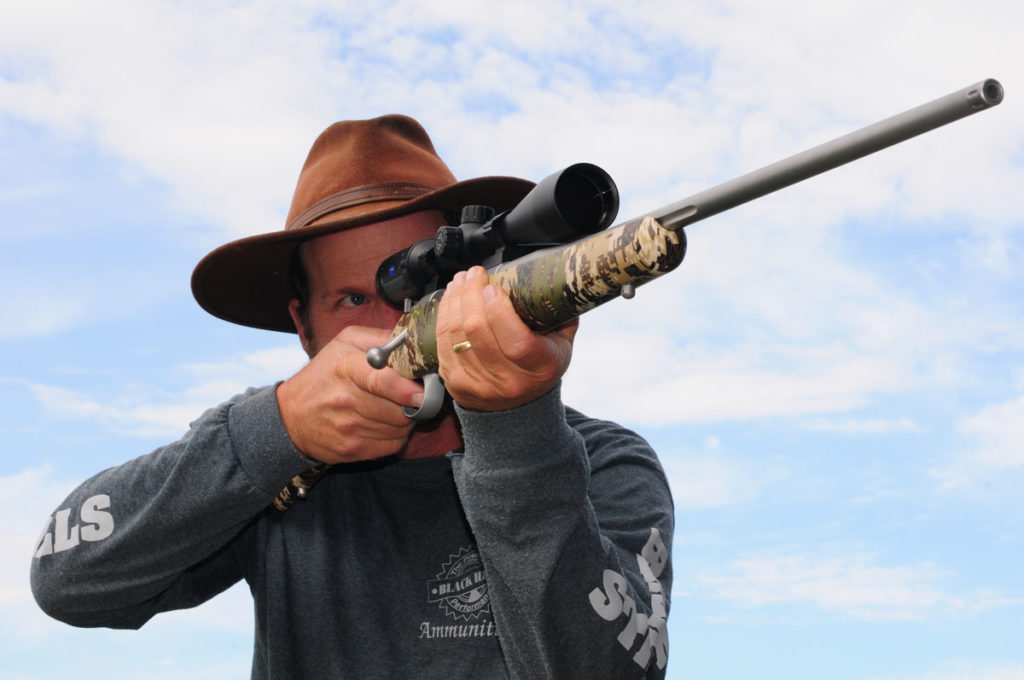
In fairness, it does also depend on the rifle. Mountains can be steep, especially the kind of mountains that one would carry a “mountain rifle” up. Mountain air possesses less oxygen too, making each breath less energizing, especially for flatlanders. And, mountains have gravity. Tons of gravity. Meaning that for every ounce of gear that you carry up the mountain, gravity will put just as much effort into trying to carry it down the mountain. Enter the lightweight Mountain Rifle.
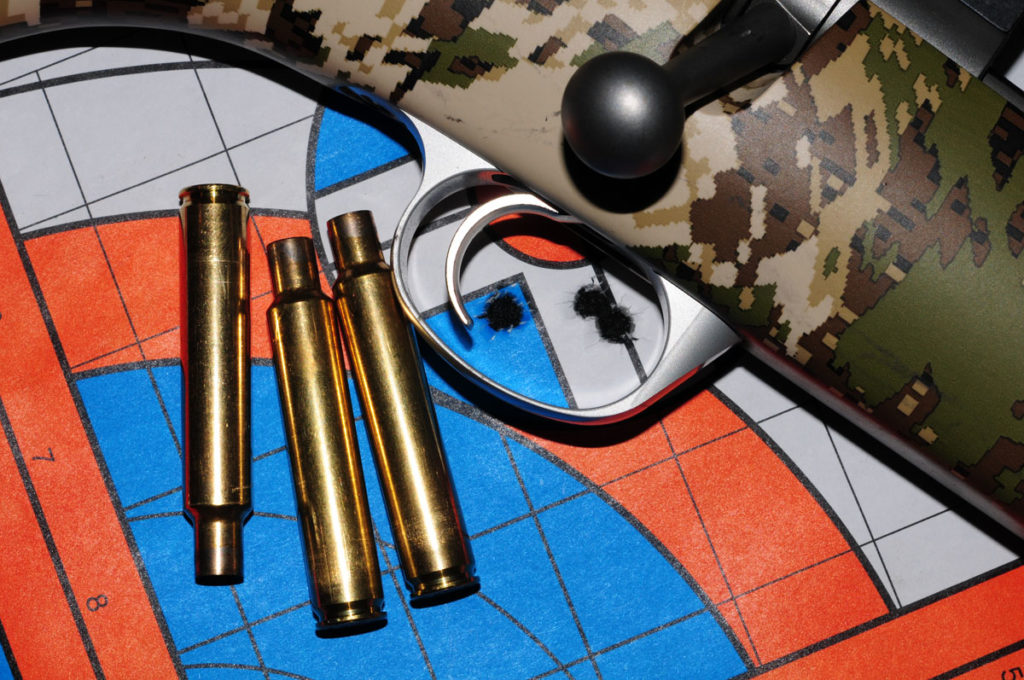
What Makes A Mountain Rifle
Well-designed mountain rifles (also often called “sheep” rifles) are stripped of all unnecessary weight. Actions are skeletonized, barrels are turned to pencil-like diameter, and stocks are slenderized and lightened. Superlight aluminum scope mounts and rings are used and should be of the finest quality because mountain rifles occasionally take tumbles down, well, mountains. A lightweight, upper-echelon riflescope will round out the package. Fine mountain rifles weigh less than six pounds bare, and not much over seven with scope and mounts.
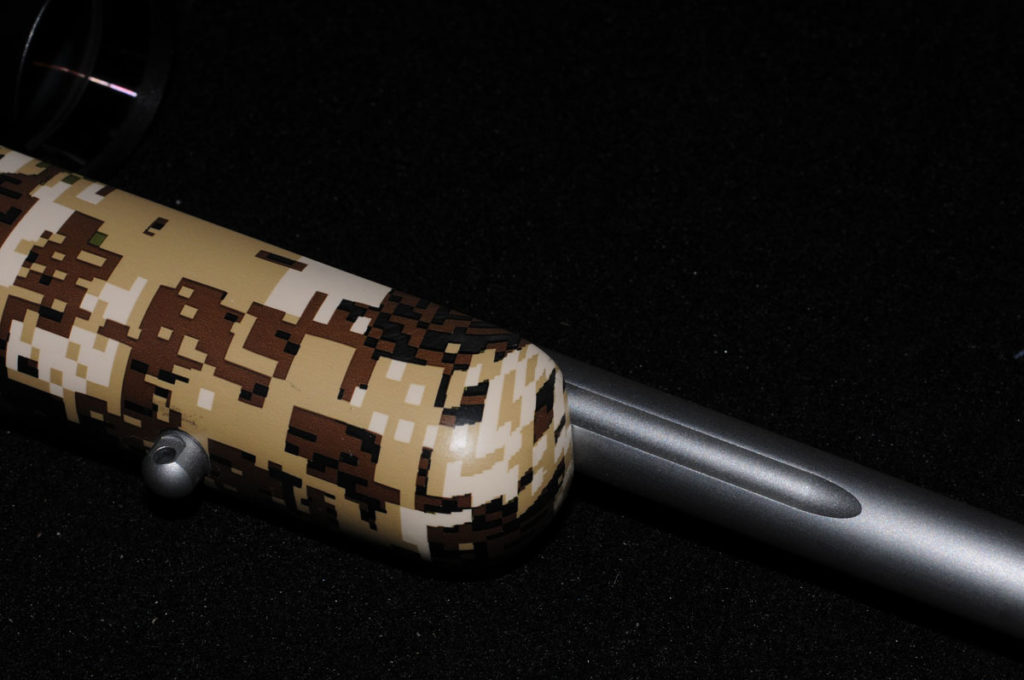
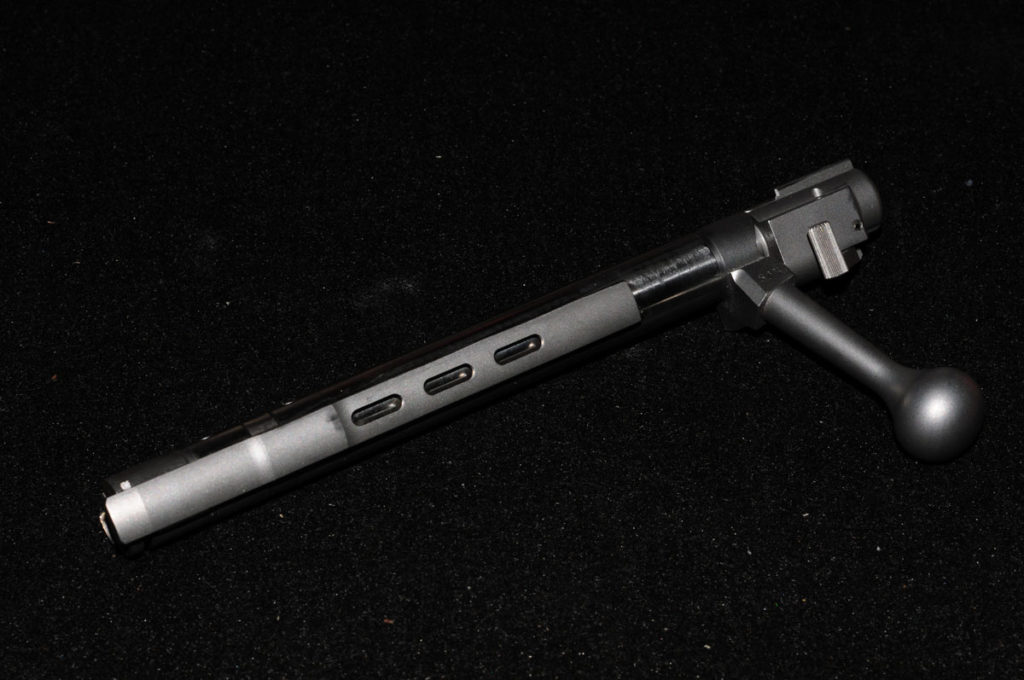
Challenges And Issues
Five and a half pounds is mighty light for a rifle that is expected to make long, accurate shots under challenging conditions. Lightweight rifles are not as inherently stable as heavier rifles. Those skeletonized actions and slender barrels are not as rigid and tend to heat faster during firing than standard-weight firearms. Barrels can “walk” as they heat, meaning the point of impact can change as the steel heats and expands. All of these issues challenge the accuracy of mountain rifles.
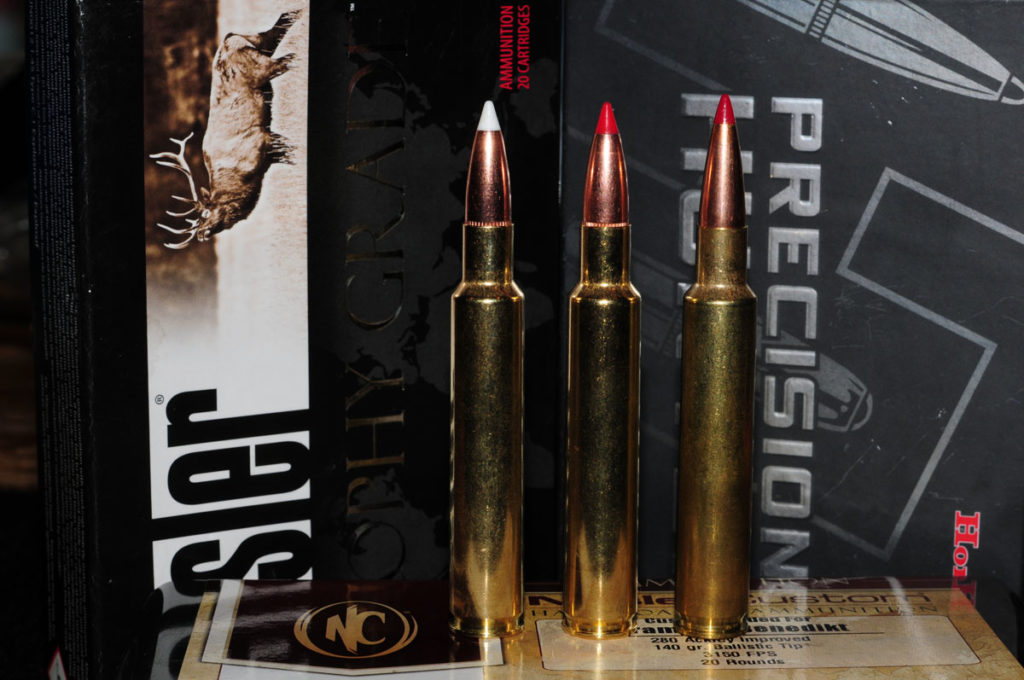
The Ideal Cartridge
A savvy hunter does not chamber his mountain rifle in, say, 300 RUM. If he does, it’ll be a contest to see which regains his feet after the shot – the hunted or the hunter. Tongue out-of-cheek though, the best mountain rifle calibers are flat shooting but efficient, hard-hitting but light recoiling (within reason), and possess a good reputation for accuracy. Perhaps the first really effective mountain rifle cartridge was the .270 Winchester, made famous by the legendary Jack O’Connor. These days the .270 is a bit outdated as a mountain rifle cartridge, replaced by cartridges more suited to shooting high-BC projectiles that maintain the velocity and energy demanded by modern shooters.
My current preference for an all-around mountain rifle chambering is the 280 Ackley Improved. It shoots long-for-caliber, high-BC bullets at near 7mm Rem Mag velocities, and does it with less recoil and more efficiency. The 280 Ackley can handle projectiles from 140 grains up to 180 grains with aplomb, rendering it suitable for everything from mouse to moose.
The 280 Ackley Improved has long been a wildcat handloader’s protégée child. Of recent, however, it was adopted by SAAMI, and several major ammunition manufacturers have begun producing factory ammunition.
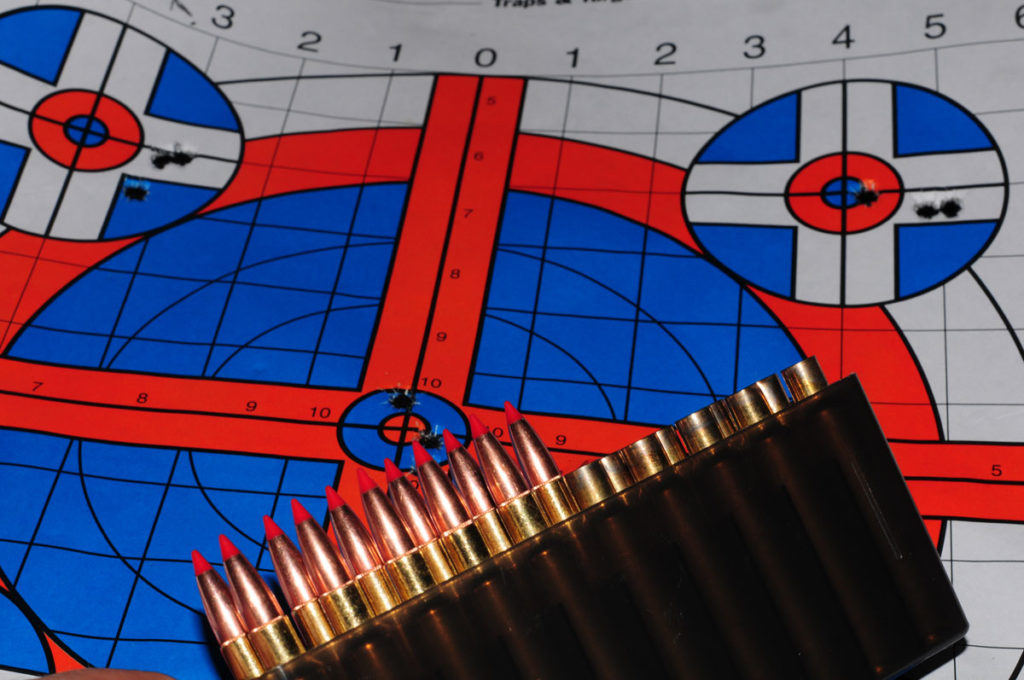
Kimber Subalpine
Until recent years a good mountain rifle had to be custom ordered. Over time, techniques and methods utilized by custom rifle makers to create a mountain gun began to be incorporated by production companies. Today you can buy a lightweight firearm like the Kimber Subalpine rifle in 280 AI or 30-06 that weighs only five pounds five ounces. Add a sweet little 2.5–8X36mm Leupold VX3i scope and you’re still well below seven pounds. That, in a word, is awesome.
The question is, can the rifle shoot? It’s a big if, considering all the challenges mentioned a couple paragraphs above. It was the one over-riding question on my mind as I signed the paperwork for a new Subalpine. I’d researched the rifle, I’d even shot one briefly at the SHOT show, and knew the firearm was configured to my taste. But if it didn’t shoot, it wouldn’t last long in my gun safe.
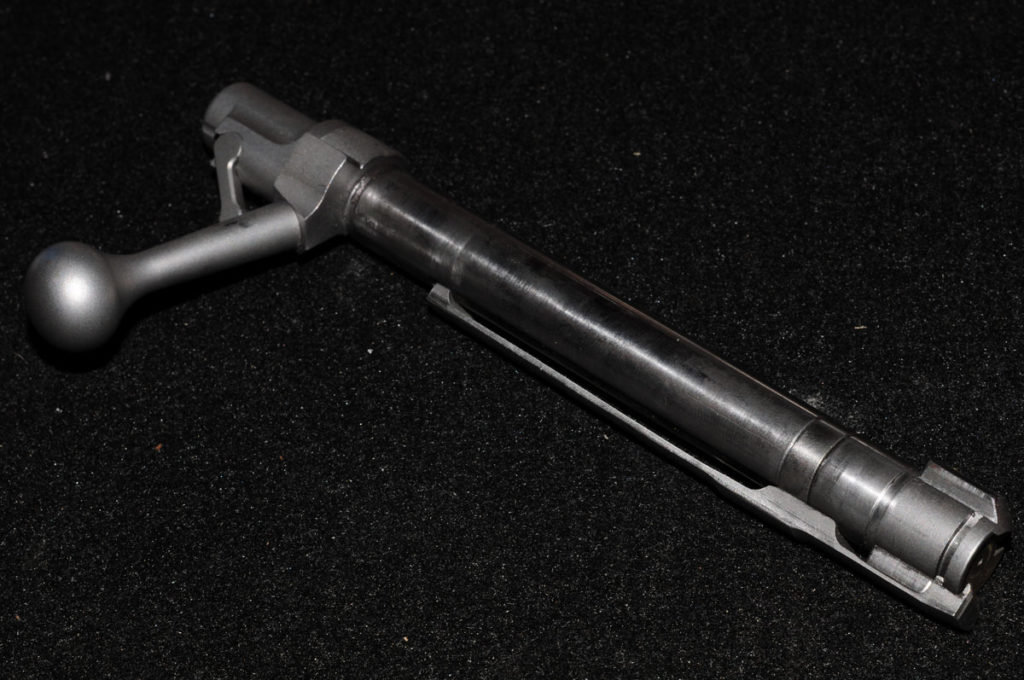
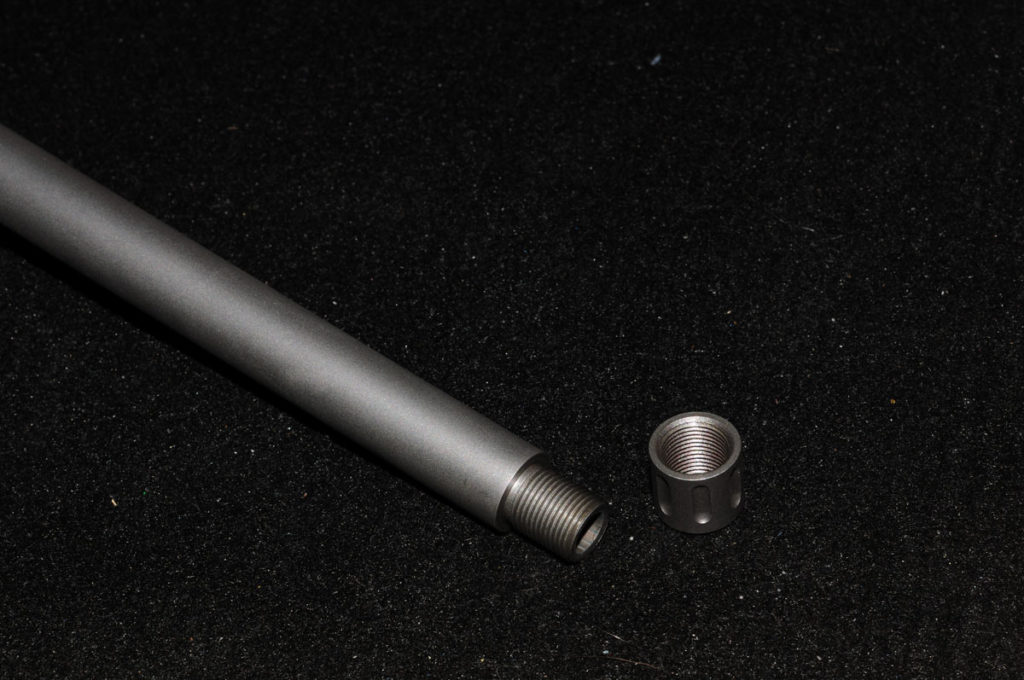
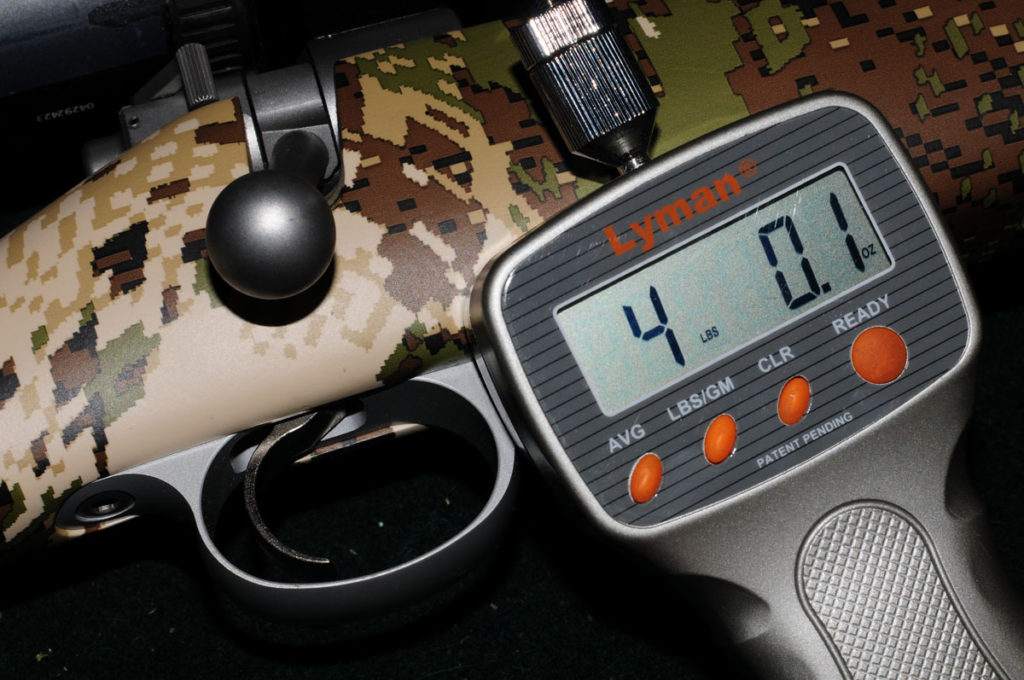
Specifications
My rifle features a 24-inch stainless fluted barrel with a 1-in-9 rate of twist. It’s factory threaded for a muzzle brake or suppressor and comes with a thread protector installed. The action is stainless and boasts a 3-position, model 70 type wing safety, a Mauser controlled-round-feed claw extractor, and a magazine capacity of four. A small push-button lever tight to the rearward left side of the action releases the bolt. There is no bottom metal, congruent with the minimalist mountain-rifle platform. The trigger is adjustable and reasonably crisp. Mine averaged right at four pounds with my Lyman trigger gauge. The stock is streamlined and ergonomic, boasts pillar bedding, and sports a cushy 1-inch Pachmayr Decelerator recoil pad. The stock material is reinforced carbon fiber, wrapped in an eye-catching “Subalpine” camouflage pattern. Kimber’s soft-touch finish renders a comfortable, non-slip finish.
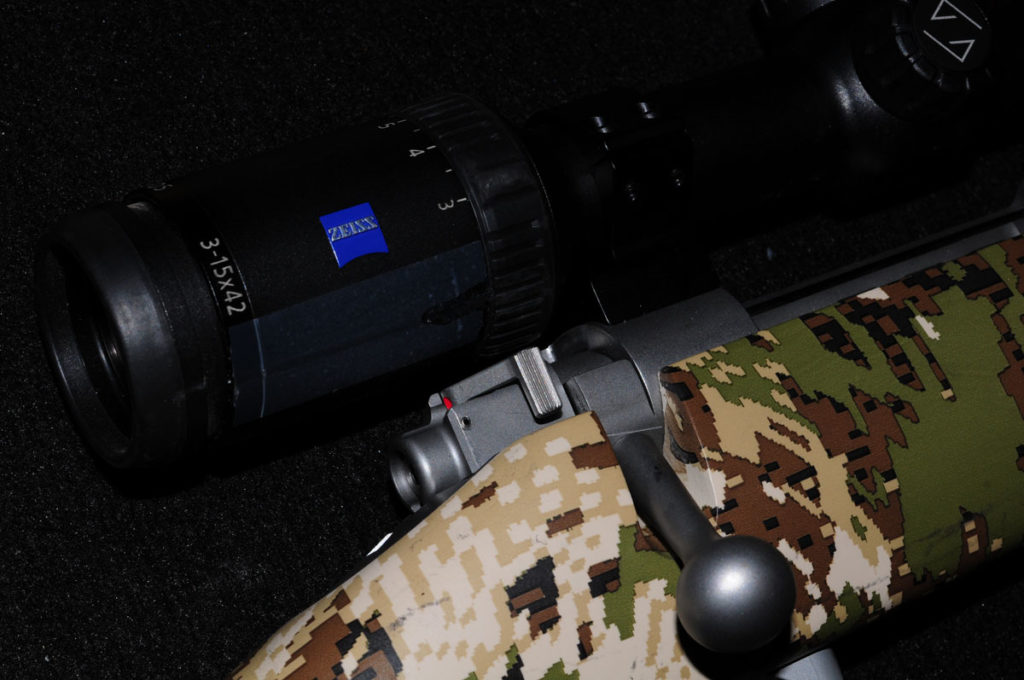
Testing
I mounted a Zeiss Conquest HD5 3-15X42 scope atop the rifle in Talley one-piece precision mounts and took the Kimber to the range early one hot summer morning. Anticipation built as I readied my targets and chronograph: the moment of truth had arrived. Drawing three long sexy 280 Ackley cartridges from their Nosler box I thumbed them into the chamber. The results are below. As you can see, the rifle passed the accuracy test with flying colors, averaging a tidy .93 with all the ammo types tested.
I only have one minor complaint with the rifle. It’s that the action, while reliable, cycles a bit roughly when chambering a round. It’s a minimal issue that will probably break in and improve with time and rounds downrange.
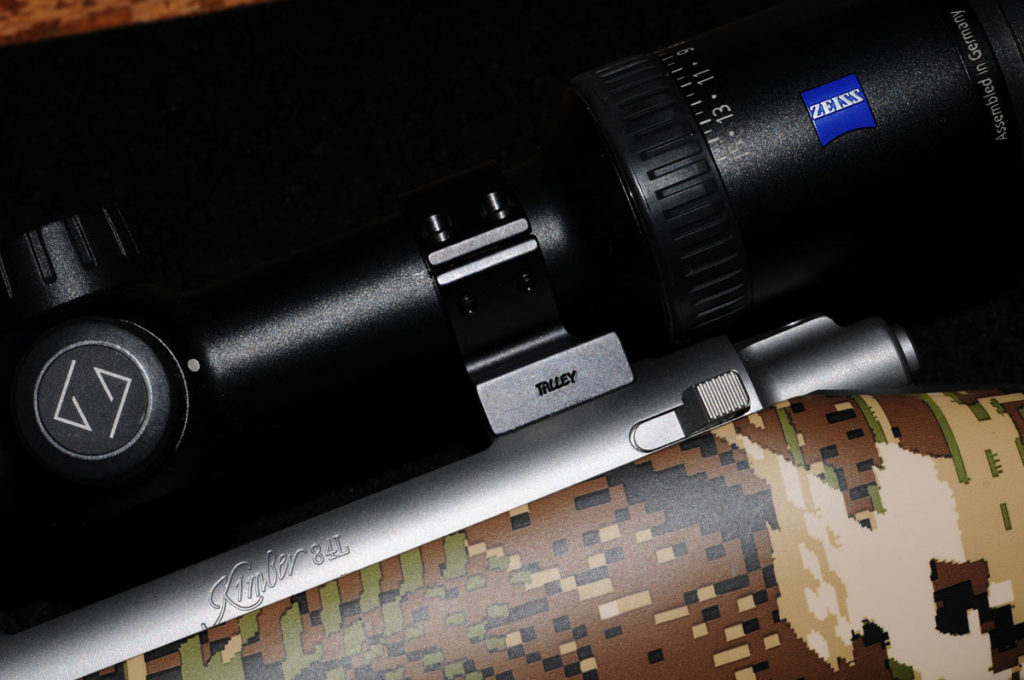
Conclusion
At the end of the day the Kimber Subalpine mountain rifle emerged triumphant. It is well-balanced, very lightweight, ergonomic, and solidly built. Fit and finish are very good. If I have my way it’ll spend its future in my gun safe, and accompany me to the top of the occasional mountain.
Note: Testing was performed from the prone position at 100 yards. Three, 3-shot groups were fired with each ammunition, the results added together and averaged. Velocity was measured with a Shooting Chrony set 10 feet in front of the muzzle. Interestingly, the rifle was very fond of the 140-grain projectiles, but as noted on the table below, produced superbly low extreme-spread and standard-deviation numbers with the 162-grain ELD-X Precision Hunter ammo.
|
Manufacture |
Bullet |
Velocity (fps) |
Accuracy (in.) |
S.D. |
E.S. |
|
Nosler Trophy Grade |
140 gr Accubond |
3186 |
.88 |
21 |
61 |
|
Nosler Custom |
140 gr Ballistic Tip |
3086 |
.87 |
26 |
69 |
|
Hornady Precision Hunter |
162 ELD-X |
2836 |
1.06 |
7 |
19 |
